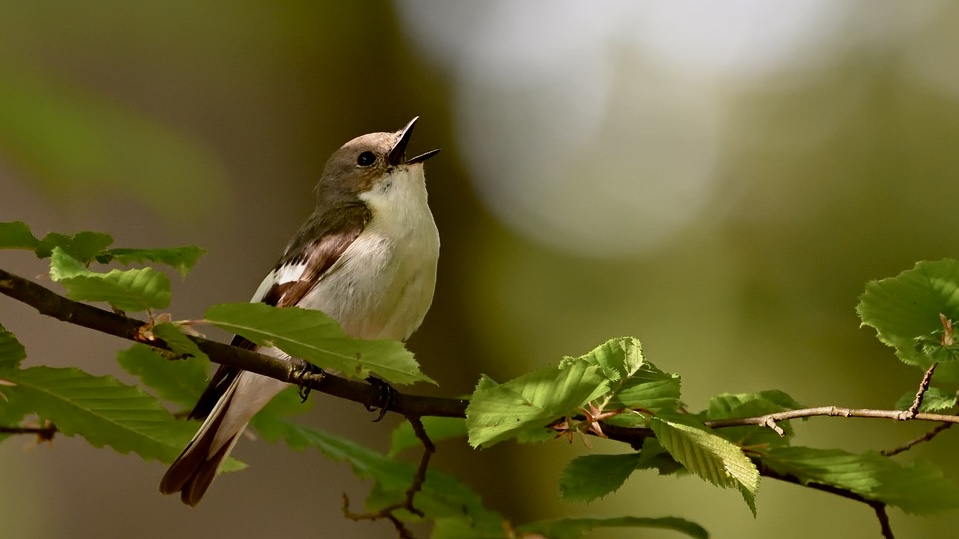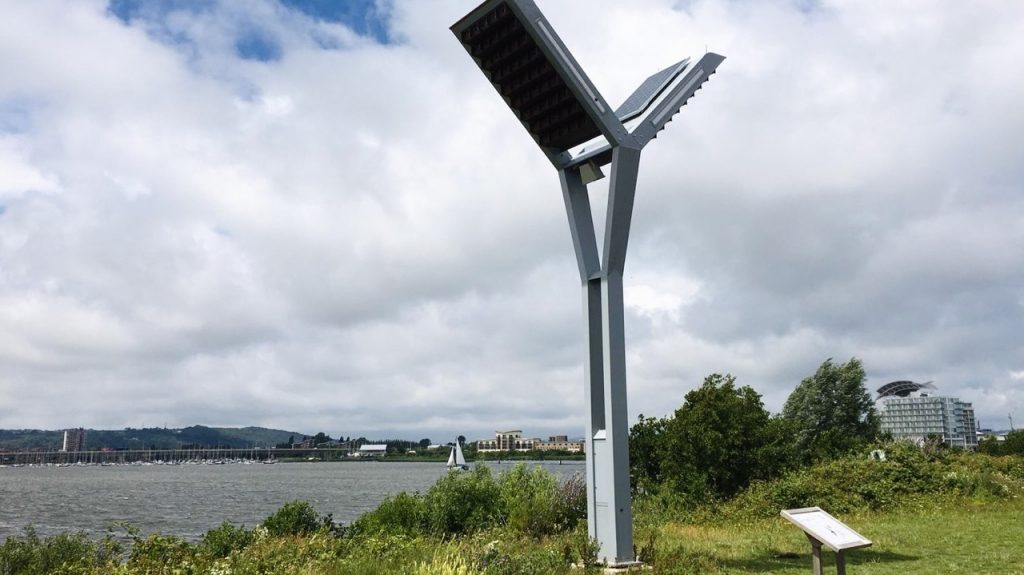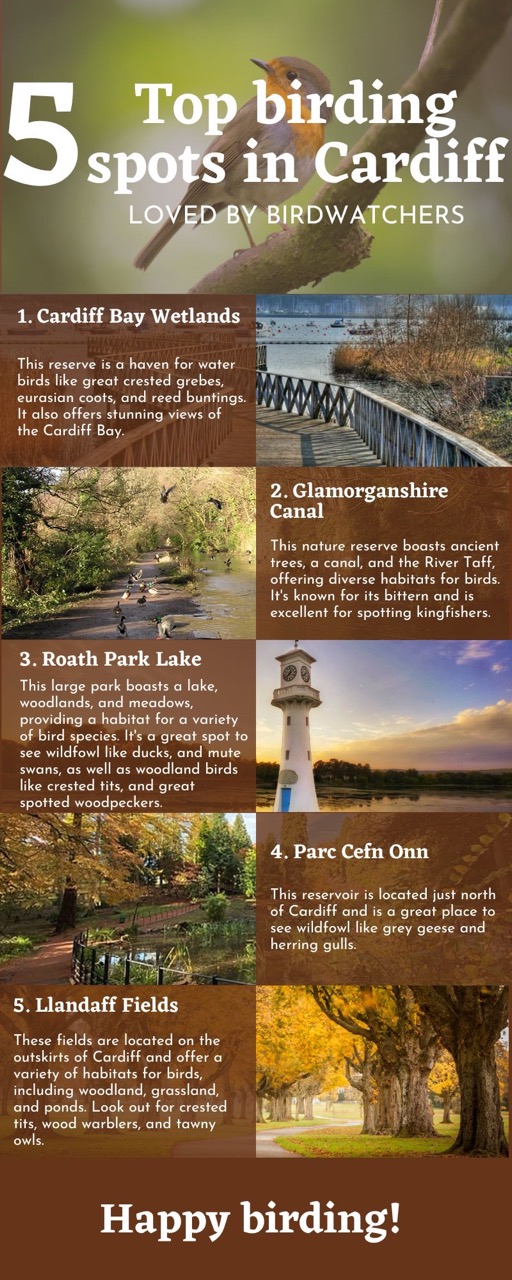More young people in the UK are embracing the hobby. What is the need for diversity in bird watching?

With just my phone and no binoculars in hand, I felt unprepared for my first birdwatching trip. Nicole, a member of the Cardiff University Ornithological Society, and I headed out together to Bute Park. I had never tried birdwatching before. I didn’t even own my own pair of binoculars, but Nicole was kind enough to share hers with me. I felt underprepared, but surprisingly, we saw a kingfisher, great spotted woodpecker, dipper, and a blackbird, all within Cardiff’s biggest public park, right in the heart of the city.
Nicole remembers her first birdwatching trip with her father when she was ten, during a visit to Conwy Reserve in Northern Wales. Her father had just given her her first pair of binoculars, which she still owns to this day. As she watched for birds perched around the reserve and trod the winding paths, remembering to speak in hushed tones so as not to startle the birds, Nicole experienced her first exposure to the world of birds.
Now 19, Nicole says, “Birdwatching is like reading a novel. Each bird’s behavior is different. I learn something new every time I go birding, and it never fails to surprise me.”
Surveys conducted by organizations like the Royal Society for the Protection of Birds (RSPB) and the British Trust for Ornithology (BTO) indicate that most birdwatchers are white men, middle-aged or older. John Wilson, the field trip organizer of the Glamorgan Bird Club, envisions a promising future. “Times have changed. More young people are expressing interest in birding,” he says.
There has been outcry to embrace more diversity in birdwatching. In a June 2020 article, “Birding in the UK: Where Are the People Like Me?” Edinburgh birder Sorrel Lyall remembers how different and ‘looked at’ she felt when walking into a conference room as the only young, female, non-white birder.
However, there has been a positive move towards this as more young people are now embracing birdwatching. Mya Rose Craig, a 21-year-old prominent British-Bangladeshi environmentalist, diversity activist, author, speaker, and broadcaster, at age 17 became the youngest person to see half of the birds in the world. While strides are being made in the field, more needs to be done.
A recent report from the RSPB attributed the declining bird numbers in the UK to the climate crisis. However, despite this decrease, there is a growing trend of young bird enthusiasts in the UK. “Being a young person, it’s increasingly acceptable and even considered cool to show the mental and physical benefits of engaging in birdwatching to observe and preserve wildlife” said Nicole.
Birdwatching efforts intertwine with wildlife preservation, addressing the alarming decline in bird populations. For instance the swift, a wonderful bird that sleeps, eats, bathes, and even mates while flying is now classified as a red-listed species under threat in the UK. To tackle this issue, the Glamorgan Bird Club, RSPB, and Cardiff Council’s Harbour Authority have set up the Swift Tower in Cardiff Bay, with over 90 nesting sites for migrating swifts.

Image credits: Glamorgan Bird Club
Modern developments and the loss of natural nesting spaces contribute to the plummeting numbers of birds. So, how can one contribute to bird preservation? “You can purchase specialised bricks with holes to accommodate birds. Their numbers have significantly dwindled, and it’s a nationwide initiative to encourage people to create nesting sites for birds,” advises Mr. Wilson.
Wildlife experts and birdwatchers suggest that young people should try birdwatching as it helps them appreciate nature more deeply and encourages them to get involved in environmental conservation efforts. It’s a hobby that can be enjoyed alone or with others, providing a great opportunity for appreciating nature.
Nicole, who describes herself as an amateur birdwatcher says, “I fully believe birdwatching isn’t solely reserved for experts. It’s for anyone who enjoys nature and wants to protect it.”

